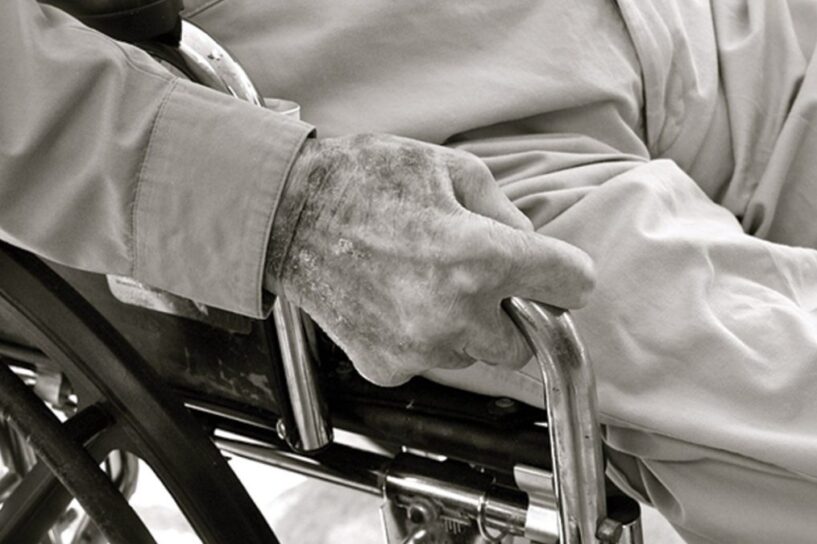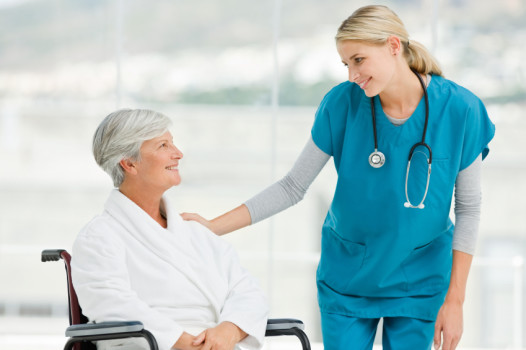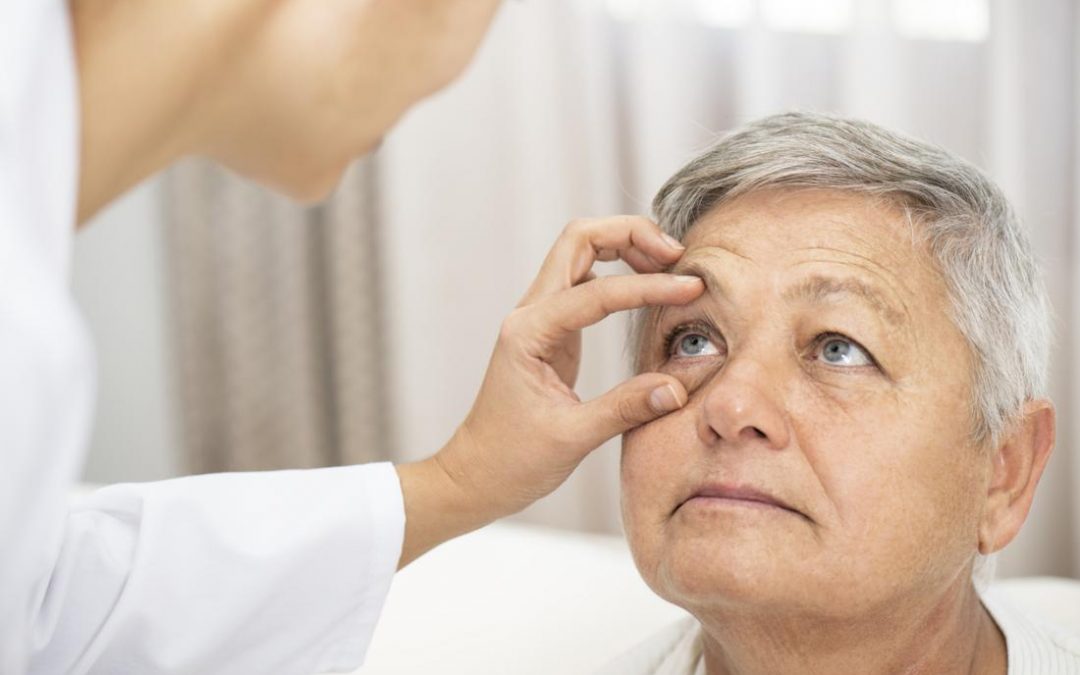
The Aftermath of Falling on Elderly People
In America, falls are one of the most common causes of non-fatal and fatal injuries. It’s not just the physical pain that affects the seniors but their independence too, which is taken away from them.
According to the National Council of Aging, 1 in 4 Americans above the age of 65 falls every year. In fact, every 11 seconds, the emergency room at a hospital is occupied by an older adult due to a fall. Lastly, every 19 minutes, one of these older adults die due to this fall. In 2015, falls in older adults resulted in $50 billion, in which 75% of the cost was shouldered by Medicaid and Medicare. It is estimated that this cost will rise to $67.7 billion in the next 2 years.
Falls Statistics in Elderly People
In 2014, a study was published in the journal of European Review of Aging and Physical Activity. The study touched on various behavioral patterns and diseases that cause falls. Following are the reasons behind those falls:
- The highest number of falls was reported in patients having musculoskeletal disease. The leading cause was osteoporosis, which amounted to 16% of the falls in 87 participants
- Due to behavioral problems, 33.4% of the falls were a result of lack of balance while walking
- 9% of these falls resulted in fractures and 21.8% resulted in death
Consequences of Falling
Impacts the Family
When an elderly, who lives with family members, falls, it impacts everyone in the household. Family members have to look after their senior and make sure that they are receiving the care and support they require.
With their own work and family obligations, often the elderly are neglected, which results in mood swings and depression. When the family members are not able to afford the care of a nursing home, they either quit their job or apply for leave of absence. Such harrowing conditions take a toll on the senior, as well as the family members.
Reduces Independence
The reason why most seniors move to a nursing home or assisted living facility is because of their injuries they got from a fall. This fall scares them to such a level that they become afraid of living on their own. They become isolated, which increases the risk of anxiety and depression. They participate less and less in physical activities and depend on others for daily activities such as going to the bathroom, shopping and preparing meals.
Causes Serious Injuries
30% of elderly people, who fall, end up having severe physical injuries such as bruising, cuts and breaks. As mentioned earlier, the number one break is hip fractures. This limits the person’s movement and may even put them in a wheelchair permanently. This is why it is important to have railing in houses of elderly who live alone.
Causes Multiple Falls
According to a study published in the journal of The College of Family Physicians of Canada, elderly people who fall once, fall frequently. They lose confidence in themselves, which leads to taking extra precaution in every little move. There comes a time when they stop moving at all on their own and rely on a wheelchair or someone to assist them everywhere they go.
The consequences of falls can result in the requirement of long-term care, which an elderly may not receive at home. This is why family members should think about settling their loved one in a nursing home or an assisted living facility. Here, not only will they be safe but also receive immediate and proper medical attention after a fall.










